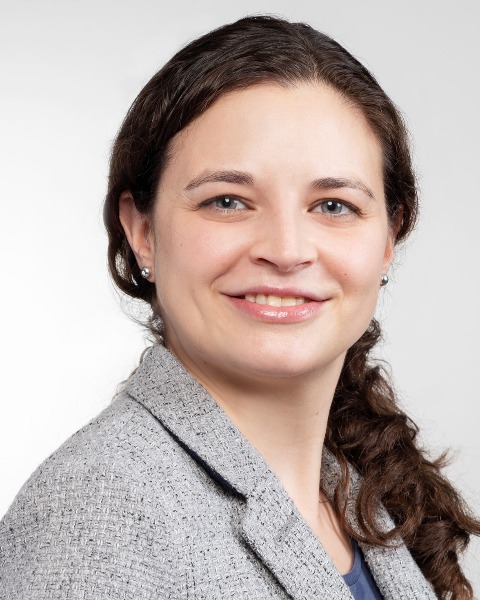Dissemination & Implementation Science
Associations between burnout and perceptions of teamwork, collaboration, and staff characteristics among school mental health team members
(PS9-8) Associations Between Burnout and Perceptions of Teamwork, Collaboration, and Staff Characteristics Among School Mental Health Team Members
- BD
Biiftu Duresso, B.A.
Clinical Research Coordinator
University of Pennsylvania School of Medicine
Philadelphia, Pennsylvania, United States - SR
Samantha Rushworth, Ph.D.
Postdoctoral Fellow
University of Pennsylvania
Philadelphia, Pennsylvania, United States - AK
Aparajita Kuriyan, Ph.D.
Consultant
Penn Center for Mental Health
Gladwyne, Pennsylvania, United States - ST
Shannon Testa, M.Ed.
Clinical Research Coordinator
Perelman School of Medicine at the University of Pennsylvania
Wallingford, Pennsylvania, United States - JA
Jordan Albright, Ph.D.
Assistant Professor
University of South Alabama
Mobile, Alabama, United States 
Courtney Wolk, Ph.D. (she/her/hers)
Associate Professor
Perelman School of Medicine at the University of Pennsylvania
Philadelphia, Pennsylvania, United States
Author(s)
Co-Author(s)
Background: School-based mental health providers are crucial to the delivery of mental health services, especially in low-income urban communities. Due to factors such as high caseload, lack of role clarity, and low levels of support from colleagues and supervisors, burnout is prevalent among school-based mental health providers. This is a critical problem because higher burnout is associated with increased turnover and decreased service quality.
Methods: Seventy participants from three school districts in the Mid-Atlantic region completed validated measures of teamwork perceptions (i.e., TeamSTEPPS Teamwork Perceptions Questionnaire [T-TPQ]), attitudes (i.e., TeamSTEPPS Teamwork Attitudes Questionnaire [T-TAQ]) and collaboration (i.e., the Expanded School Mental Health Collaboration Instrument- School Version [ESMHCI-SV]). Burnout was assessed via the Maslach Burnout Inventory-Human Services Survey (MBI-HSS). We examined associations between burnout subscale scores and staff characteristics, perceptions of teamwork, attitudes toward teamwork, and collaboration using Pearson’s Correlations and one-way ANOVAs.
Results: Participants were a mean (SD) age of 37.9 (9.6) years. They identified as predominantly female (n = 60; 83.3%), white (n = 56; 77.8%), and non-Hispanic/Latinx (n = 67; 93.1%). On the MBI-HSS, scores reflected moderate emotional exhaustion (M = 22.9, SD = 10.9), high personal accomplishment (M = 38.4, SD = 5.4), and low levels of depersonalization (M = 4.6, SD = 5.0). Profession, years working in their current school, and years working in the field were not significantly related to MBI-HSS subscale scores. Personal accomplishment and factors that contribute to increased collaboration (e.g., school administrator support or degree of involvement of mental health providers within the school environment) were significantly correlated (r = 0.31, p = .01), such that perceiving that one’s environment supports collaboration was associated with a greater sense of personal accomplishment with one’s work. Personal accomplishment scores were also significantly correlated with perceptions of teamwork (r = 0.38, p = .001). Specifically, greater perceptions that one’s team exhibits core components of teamwork were associated with a greater sense of personal accomplishment.
Discussion: These findings suggest perceptions of teamwork and collaboration are associated with one’s sense of personal accomplishment within their role, but not associated with the burnout constructs of emotional exhaustion or depersonalization. This suggests that feeling effective and fulfilled by one’s work may play a critical role in how members of school-based mental health service teams perceive their team and factors related to collaboration. Further study of this relationship is necessary to understand the relationships between these constructs and how team training approaches could be harnessed to mitigate burnout.

.png)
